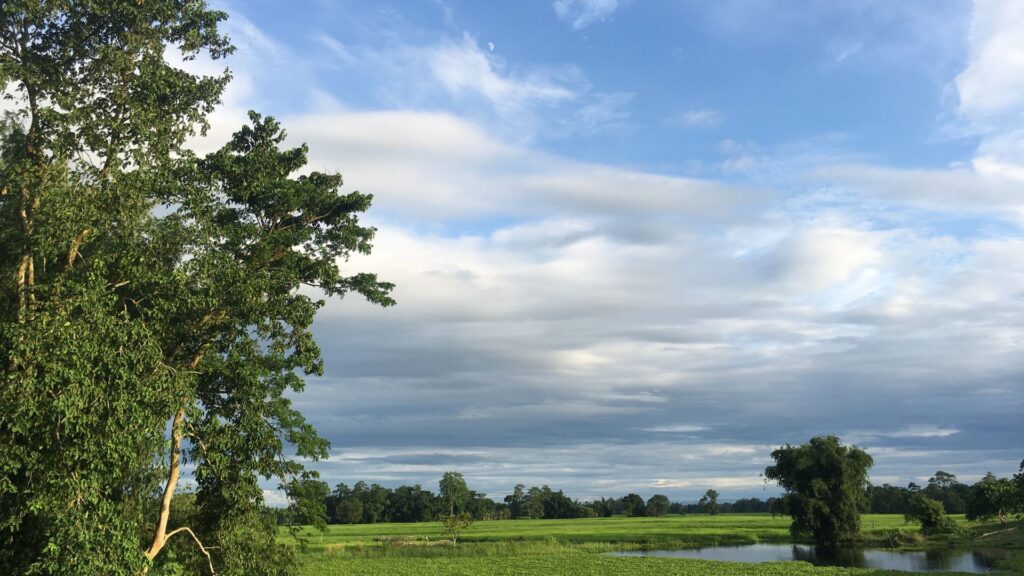
There is a place in Assam where the river writes and erases the map every year. A place where bamboo stilt houses rise above the waters, where masks and dances keep centuries-old traditions alive, and where life continues with grace even as the land beneath slowly shrinks. This is Majuli, the world’s largest inhabited river island, an island that is disappearing year by year, yet brimming with spirit and culture.
Majuli was born centuries ago out of the embrace of two mighty rivers—the Brahmaputra and Subansiri. Once stretching over 1,200 square kilometers, it was a vast, fertile floodplain where elders recall endless paddy fields, thick forests, and satras (monasteries) firmly rooted in the soil. If your grandfather had visited Majuli in the 1950s, he might have stepped off a wooden ferry to find an island larger than some districts of India, its land unbroken and its villages bound together by earthen roads.
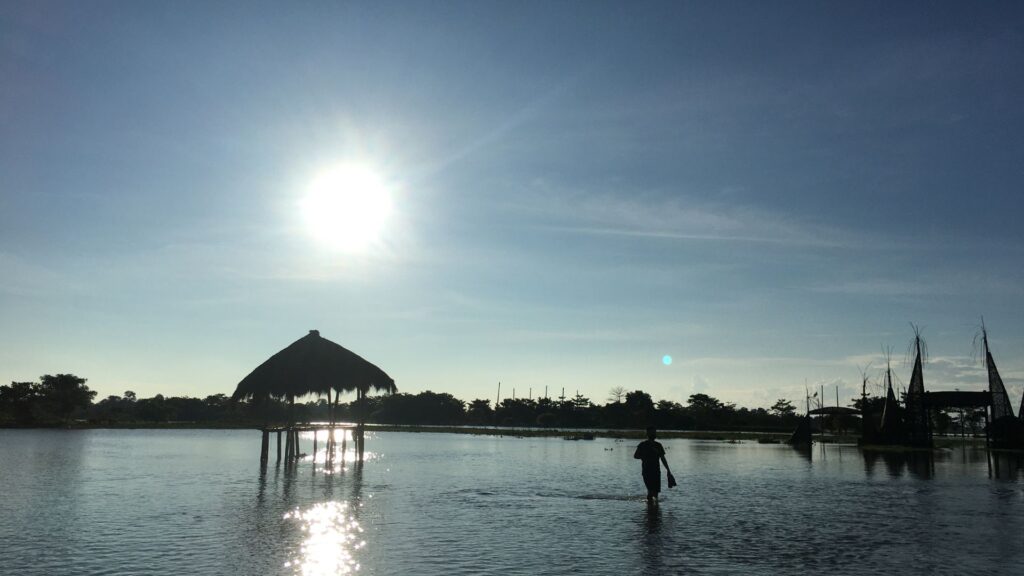
Visit today, and you’ll see a very different Majuli. The island has shrunk to barely half its size, its edges constantly gnawed by the Brahmaputra’s restless waters. Fields have slipped beneath the current, new lakes glimmer where farms once stood, and entire hamlets have moved to higher ground, carrying their homes and traditions with them. Sandbars appear and vanish, satras have relocated multiple times, and the very map of Majuli changes each monsoon!
Majuli is also history etched into water and earth. In the 15th century, the saint Srimanta Sankardeva transformed the island into the spiritual heart of Assam, establishing monasteries, known as satras, that till date pulse with life. If you visit during Raas Mahotsav, Majuli’s most celebrated festival, the island itself becomes a theatre. Villagers don hand-crafted masks and vibrant costumes to reenact the life of Krishna, their performances unfolding in bamboo halls lit by the warm glow of oil lamps.
One of Majuli’s most celebrated artists, Hem Chandra Goswami of Samaguri Satra, has brought international recognition to this heritage. His exquisitely crafted masks made from bamboo, clay, and cloth are not merely props but spiritual objects, giving form to gods, demons, and mythic beings. For a traveler, it feels less like watching a staged drama and more like being welcomed into a living prayer; an ancient ritual where faith, art, and community dissolve into one.
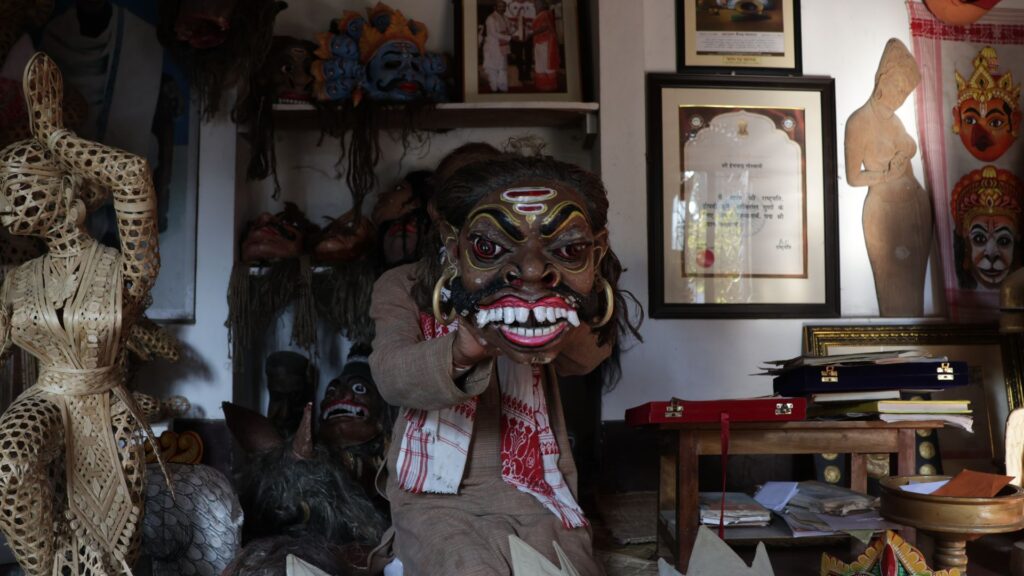
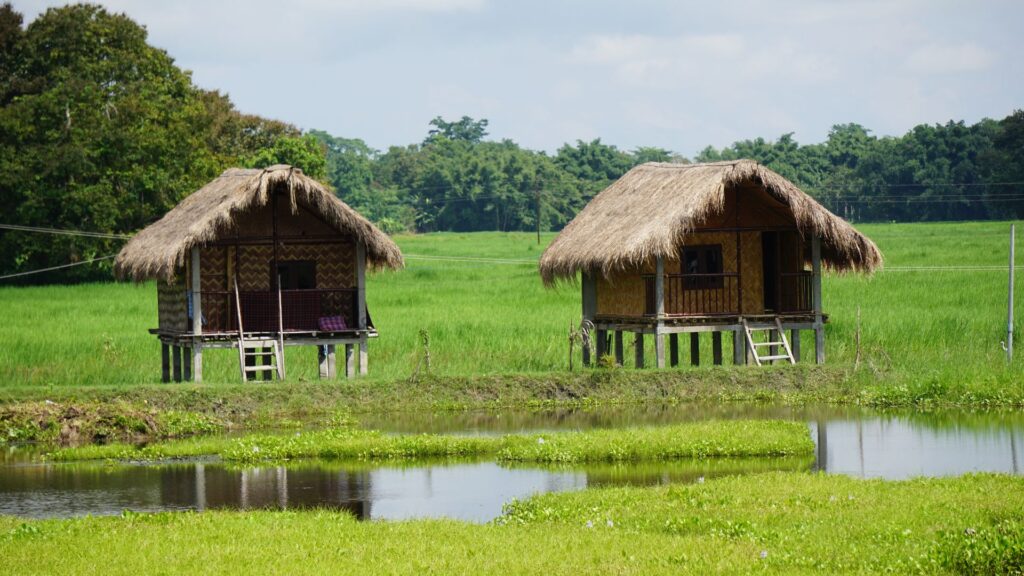
Majuli’s people have always lived with floods, not as an enemy to be defeated but as a rhythm to be embraced. Over generations, they have evolved an architecture and lifestyle that speaks to this intimate negotiation with the river. Traditional homes, known as chang ghars, stand on bamboo stilts, raised high above the ground to outlast the swelling waters. These are not just shelters but symbols of adaptation, embodying a worldview where nature is accommodated, not resisted. Even livestock are cared for in elevated sheds, reflecting a holistic design that protects every member of the household, human, animal or spirit.

When the monsoon arrives, Canoes replace bicycles, and children paddle to school on rafts stitched from banana stems. Villages knit themselves together with temporary bamboo walkways, and neighbors share food and stories as they navigate submerged lanes. Outsiders often compare this watery existence to Venice, but unlike Venice, with its stone palaces slowly sinking into the Adriatic, Majuli’s relationship with water is far more organic and cyclical. Here, floods are not a looming disaster but an annual guest, shaping architecture, agriculture, and community bonds. Anthropologists describe this as a “culture of resilience”—a way of life where creativity thrives not in spite of adversity but because of it.
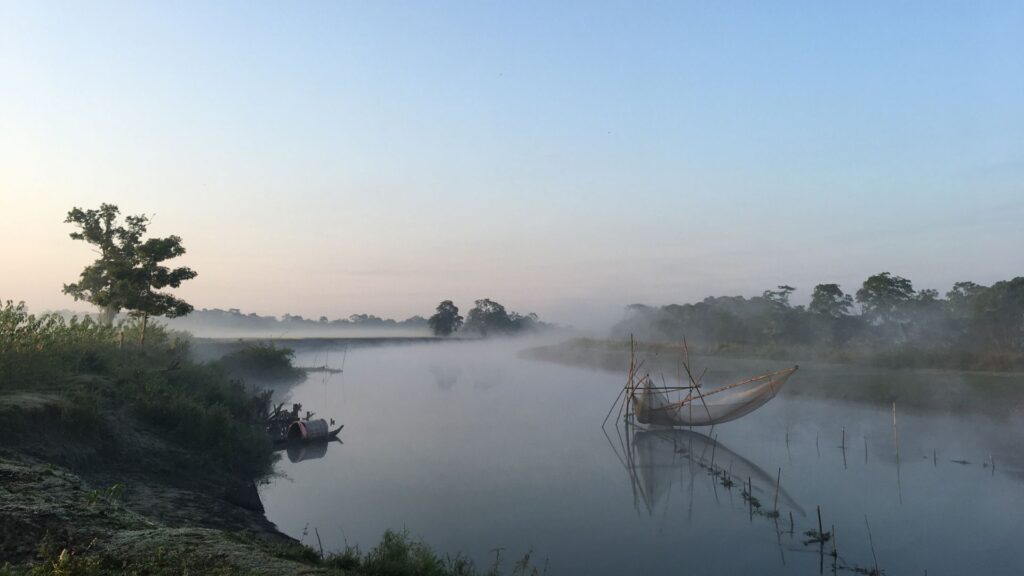
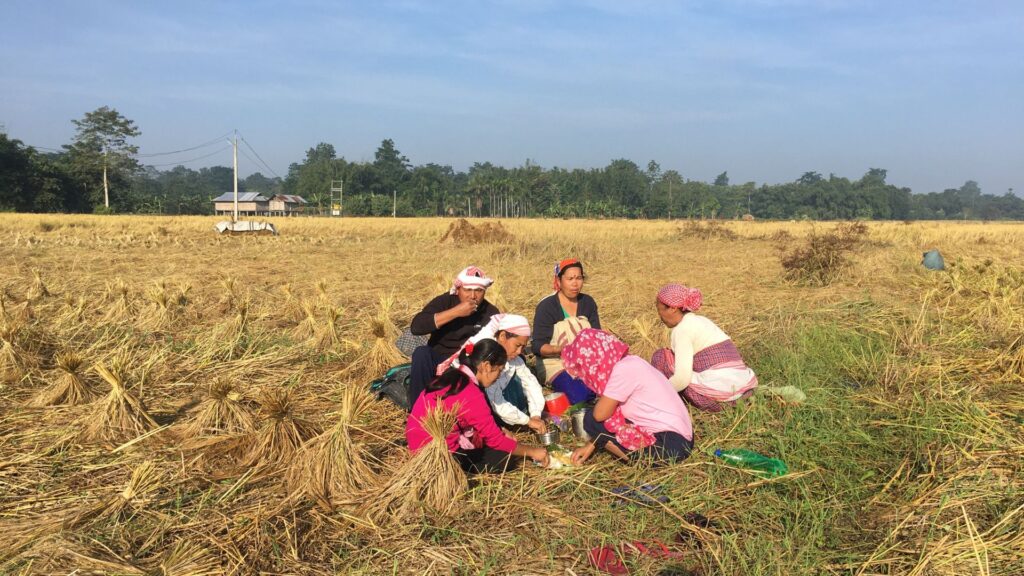
Where outsiders see destruction, Majuli’s tribal communities often see renewal. The Mishings, the island’s largest tribe, regard floods as part of life’s rhythm, a force that takes but also gives. Each year, the waters deposit fertile silt, ensuring abundant harvests of ahu rice, mustard, and pulses. Their sowing festival, Ali Ai Ligang, marks the beginning of the rice season in February, celebrated with spirited dances, songs of fertility and abundance, and cups of home-brewed rice beer. This outlook is shared, in different ways, by other tribes such as the Deoris, Sonowal Kacharis, and Ahoms. Their textile motifs often echo water, fish, or flowing wave patterns, reminders of the river that defines their lives. Seasonal rituals mark transitions—offerings to river deities during floods, prayers before sowing, and thanksgiving dances after harvests. Their oral traditions carry stories of ancestral migrations along the Brahmaputra and tales of spirits who guard the waters and fields. Community life, too, shifts with the seasons: during high floods, families gather in raised bamboo homes, pooling food and labour, strengthening kinship ties.
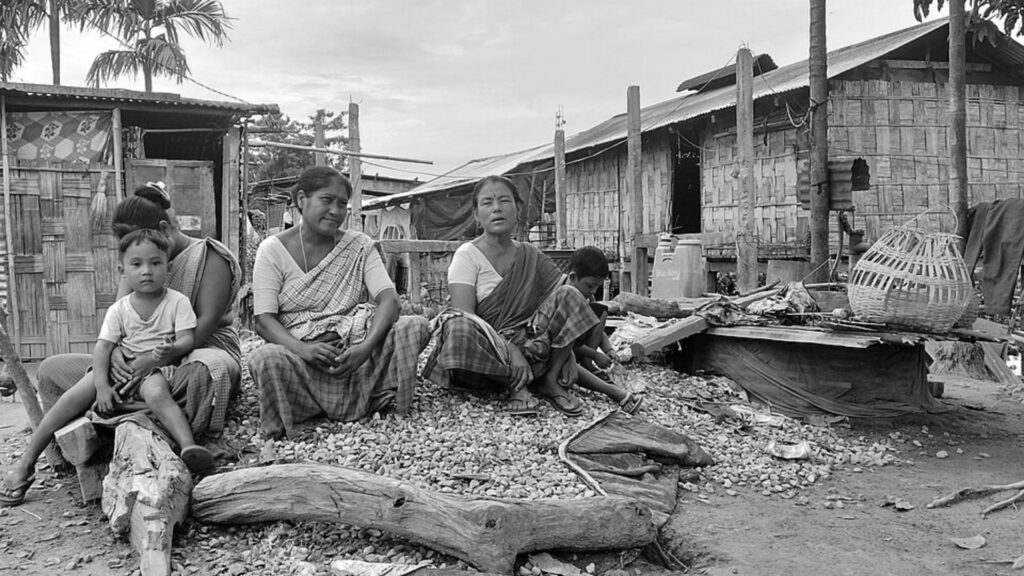
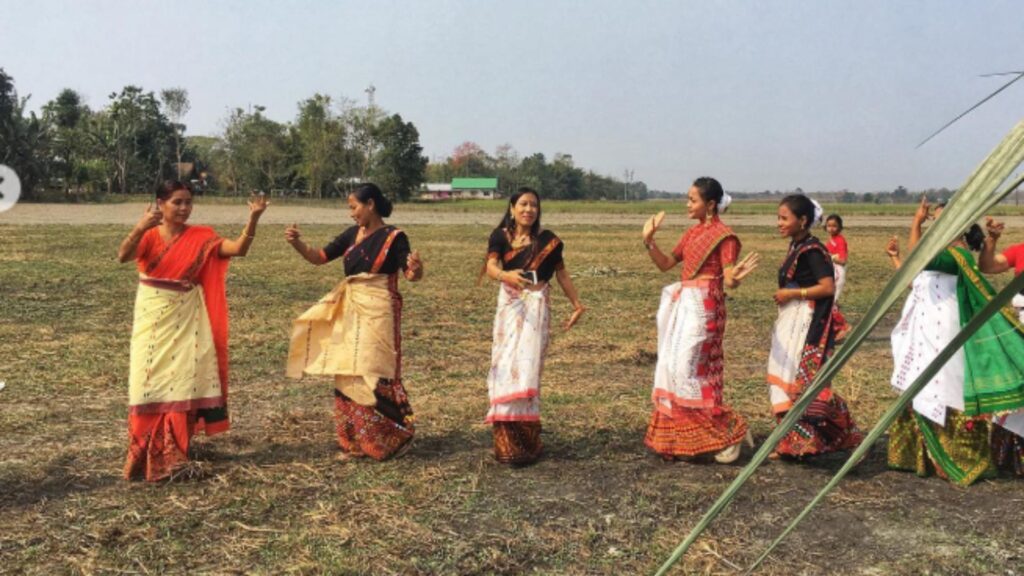
But Majuli’s beauty comes with a shadow. Climate change has made the Brahmaputra fiercer, and political promises of embankments and erosion-control projects often remain unfinished. Every year, homes, schools, and monasteries vanish into the water. The tragedy is not just geographical, it is cultural. If Majuli shrinks too much, the satras, traditions, and tribal lifestyles could fade into memory. Yet perhaps it is this fragility that makes the island so magnetic for travelers: the knowledge that you are visiting something impermanent, a living world on borrowed time.
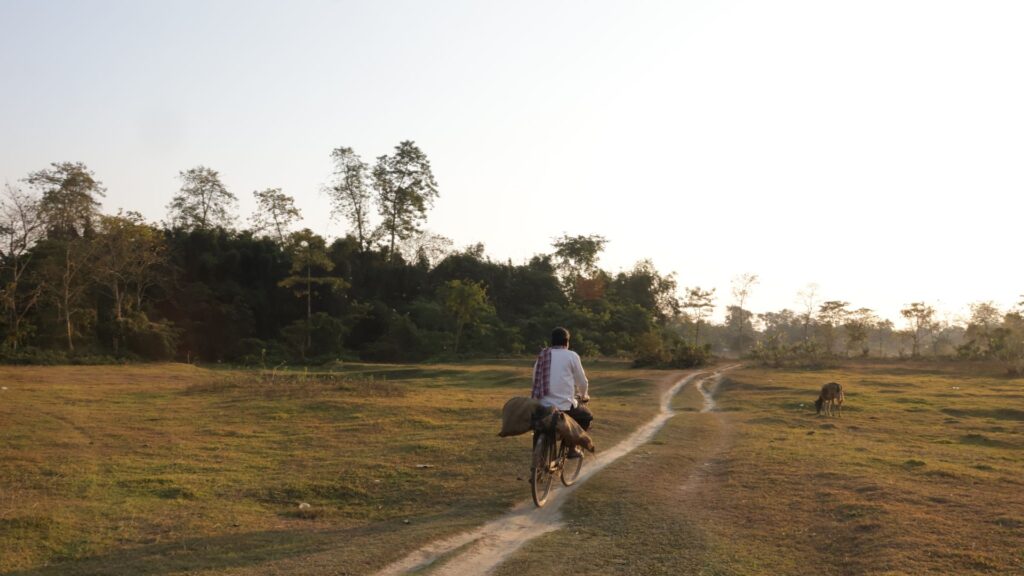
Majuli is special for being the world’s largest inhabited river island, famous for its satras (Vaishnavite monasteries), vibrant tribal culture, and a way of life shaped by the Brahmaputra’s floods.
Absolutely—Majuli offers an unforgettable mix of spirituality, culture, and resilience. It is both a cultural heartland and a disappearing island, making it a once-in-a-lifetime journey. It is often called the “Cultural Capital of Assam”, thanks to its monasteries, festivals, and traditional arts.
Majuli is home to celebrated mask-makers from the Samaguri Satra, whose handcrafted masks are used in Raas Mahotsav and admired worldwide. Artists like Hem Chandra Goswami have brought this tradition international recognition.
Handwoven textiles by the Mishing tribe (shawls, mekhela chadors), bamboo and cane crafts, pottery made without a potter’s wheel, and traditional masks.
The grand Raas Mahotsav in November is a must-see, while Ali Ai Ligang in February offers a vibrant tribal celebration tied to agriculture.
October to March, when the weather is clear, fields are golden, and festivals bring the island alive. 2–3 days are ideal to explore monasteries, villages, and festivals at a relaxed pace, while soaking in the island’s rhythms.

Equal parts policy wonk and wanderlust junkie, Kavya brings together her training in environmental economics and political science with an enduring curiosity about how the world works — and how it could work better. By day, she’s a public health researcher and advocate, working at the intersection of people, systems, and the planet.
Off the clock? She’s a storyteller, active rester, and cat mama.